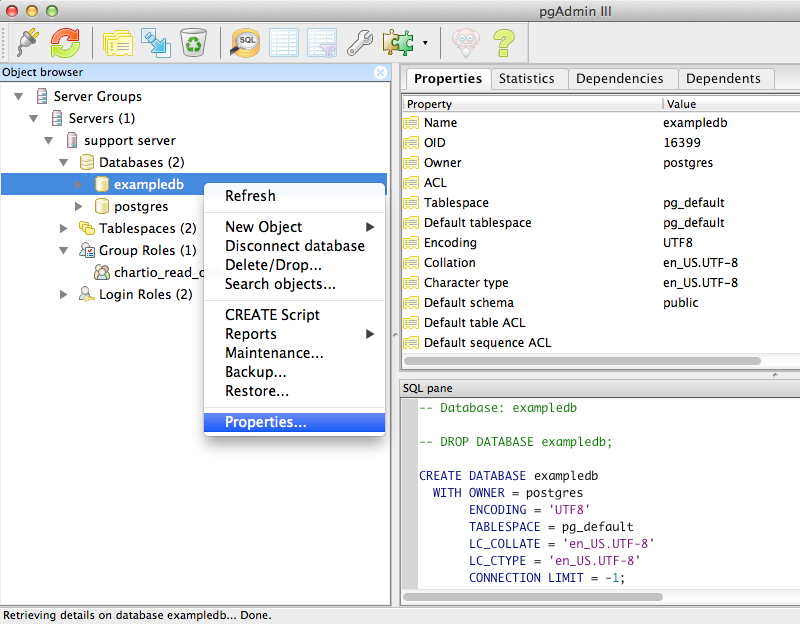How to Create a User in PgAdmin for Your Database
If you’re new to managing databases with PgAdmin, one of the essential tasks you’ll need to learn is how to create a user. Users in PgAdmin play a crucial role in controlling access to databases and their respective data. In this guide, we’ll walk you through the steps of creating a user in PgAdmin so you can effectively manage your database.
Step 1: Login to PgAdmin
The first step in creating a user in PgAdmin is to log in to your PgAdmin account. Once you have successfully logged in, you’ll be able to access the dashboard and begin managing your databases.
Step 2: Navigate to ‘Login/Group Roles’
Next, navigate to the ‘Login/Group Roles’ option in the ‘Object Browser’ panel located on the left side of the PgAdmin interface. Click on ‘Login/Group Roles’ to expand the list of existing roles.
Step 3: Click on ‘Create’ and Fill in User Details
Click on the ‘Create’ button to open a form where you can fill in the details for the new user you want to create. Enter the desired username, password, and any other relevant information for the user.
Step 4: Set User Privileges
After filling in the user details, you’ll need to set the user’s privileges. Choose the appropriate privileges based on the level of access you want to grant the user. You can assign privileges such as ‘Select’, ‘Insert’, ‘Update’, ‘Delete’, and more.
Step 5: Save the User
Once you have filled in all the necessary details and set the user’s privileges, click on the ‘Save’ button to create the user. You should now see the newly created user listed under ‘Login/Group Roles’ in the PgAdmin interface.
Step 6: Test the User’s Access
Before concluding the user creation process, it’s essential to test the user’s access to ensure that the user can log in and perform the intended actions. Test the user’s login credentials and verify that they can access the database and perform the assigned privileges.
Conclusion
Creating a user in PgAdmin is a fundamental task when managing databases. By following the steps outlined in this guide, you can create users efficiently and control their access to databases with ease. Remember to set appropriate privileges for each user to maintain data security and integrity in your databases.
